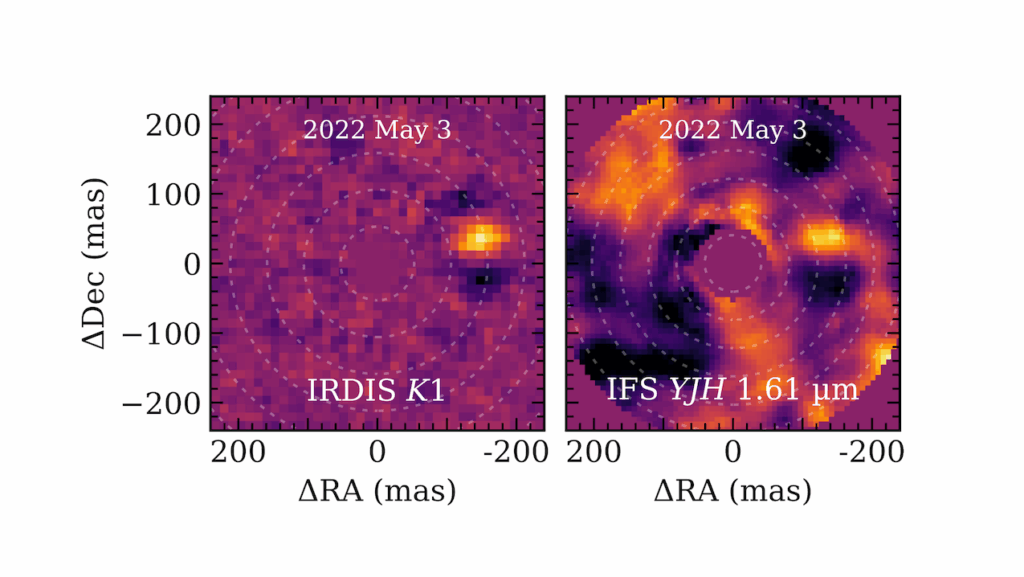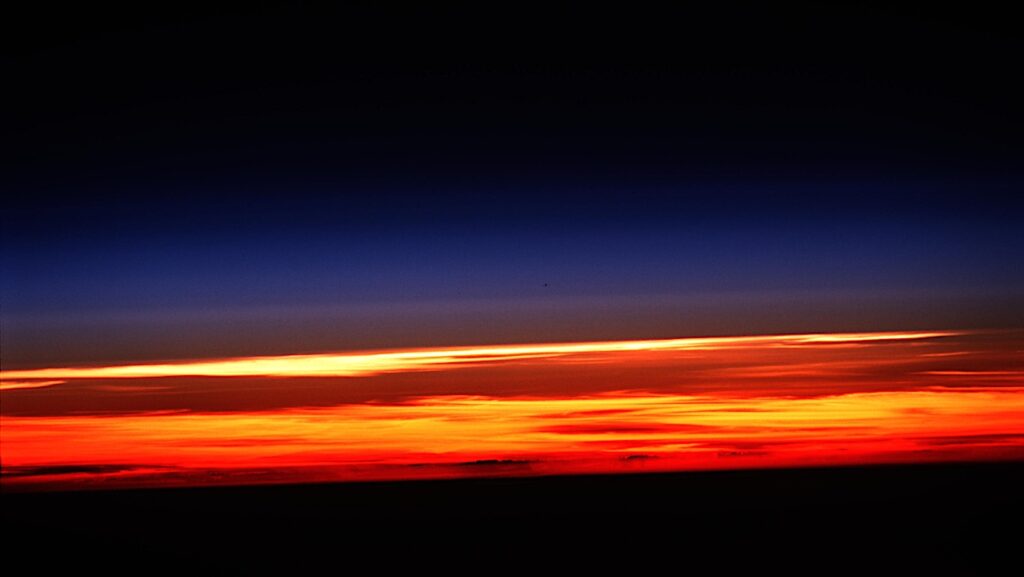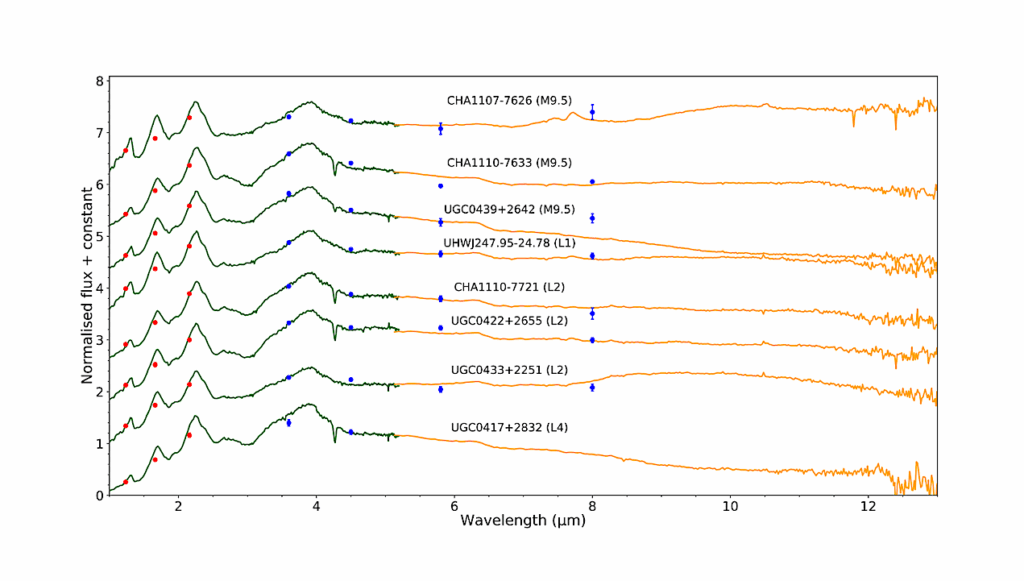Water Ice Lines and Mars-mass Exomoons Around Accreting Super-Jovian Planets

Exomoon detections might be feasible with NASA’s Kepler or ESA’s upcoming PLATO mission or the ground-based E-ELT. To use observational resources most efficiently we need to know where the largest, most easily detected moons can form.
We explore the possibility of large exomoons by following the movement of water (H2O) ice lines in the accretion disks around young super-Jovian planets. We want to know how different heating sources in those disks affect the H2O ice lines. We simulate 2D rotationally symmetric accretion disks in hydrostatic equilibrium around super-Jovian exoplanets. The energy terms in our semi-analytical model — (1) viscous heating, (2) planetary illumination, (3) accretional heating, and (4) stellar illumination — are fed by precomputed planet evolution tracks. We consider planets accreting 1 to 12 Jupiter masses at distances between 1 and 20 AU to a Sun-like star.
Accretion disks around Jupiter-mass planets closer than ~4.5 AU to Sun-like stars do not feature H2O ice lines, but the most massive super-Jovians can form icy satellites as close as ~3 AU to Sun-like stars. Super-Jovian planets forming beyond ~5 AU can host Mars-mass moons. We study a broad range of disk parameters for planets at 5.2 AU and find that the H2O ice lines are universally between ~15 and 30 Jupiter radii when the last generation of moons is forming.
If the abundant population of super-Jovian planets at ~1 AU formed in situ, then they should lack giant icy moons because their disks did not host H2O ice in the final stages of accretion. In the more likely case that these planets migrated to their current locations from beyond a few AU, they might be orbited by large, H2O-rich moons. In this case, Mars-mass ocean moons might be common in the stellar habitable zones. Future exomoon searches can provide powerful constraints on the formation and migration history of giant exoplanets.
Conditions for water ice lines and Mars-mass exomoons around accreting super-Jovian planets at 1 – 20 AU from Sun-like stars
René Heller, Ralph E. Pudritz (Submitted on 7 Apr 2015)
Comments: accepted by A&A, 11 pages, 10 figures (all colored)
Subjects: Earth and Planetary Astrophysics (astro-ph.EP)
Cite as: arXiv:1504.01668 [astro-ph.EP] (or arXiv:1504.01668v1 [astro-ph.EP] for this version)
Submission history From: René Heller [v1] Tue, 7 Apr 2015 17:05:33 GMT (152kb)








